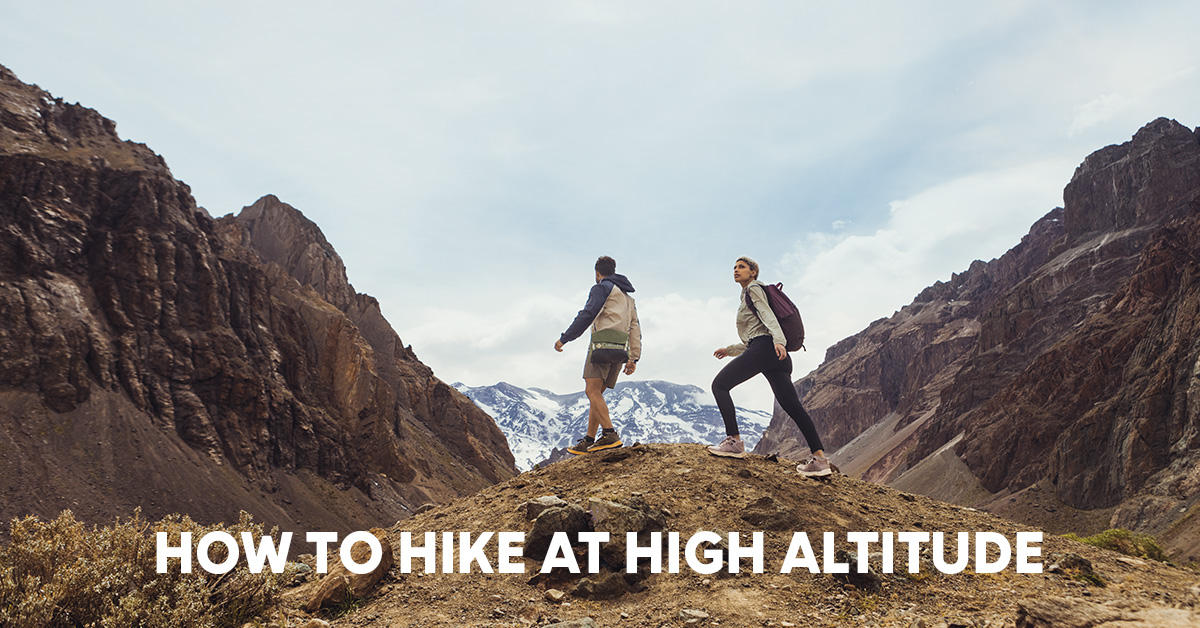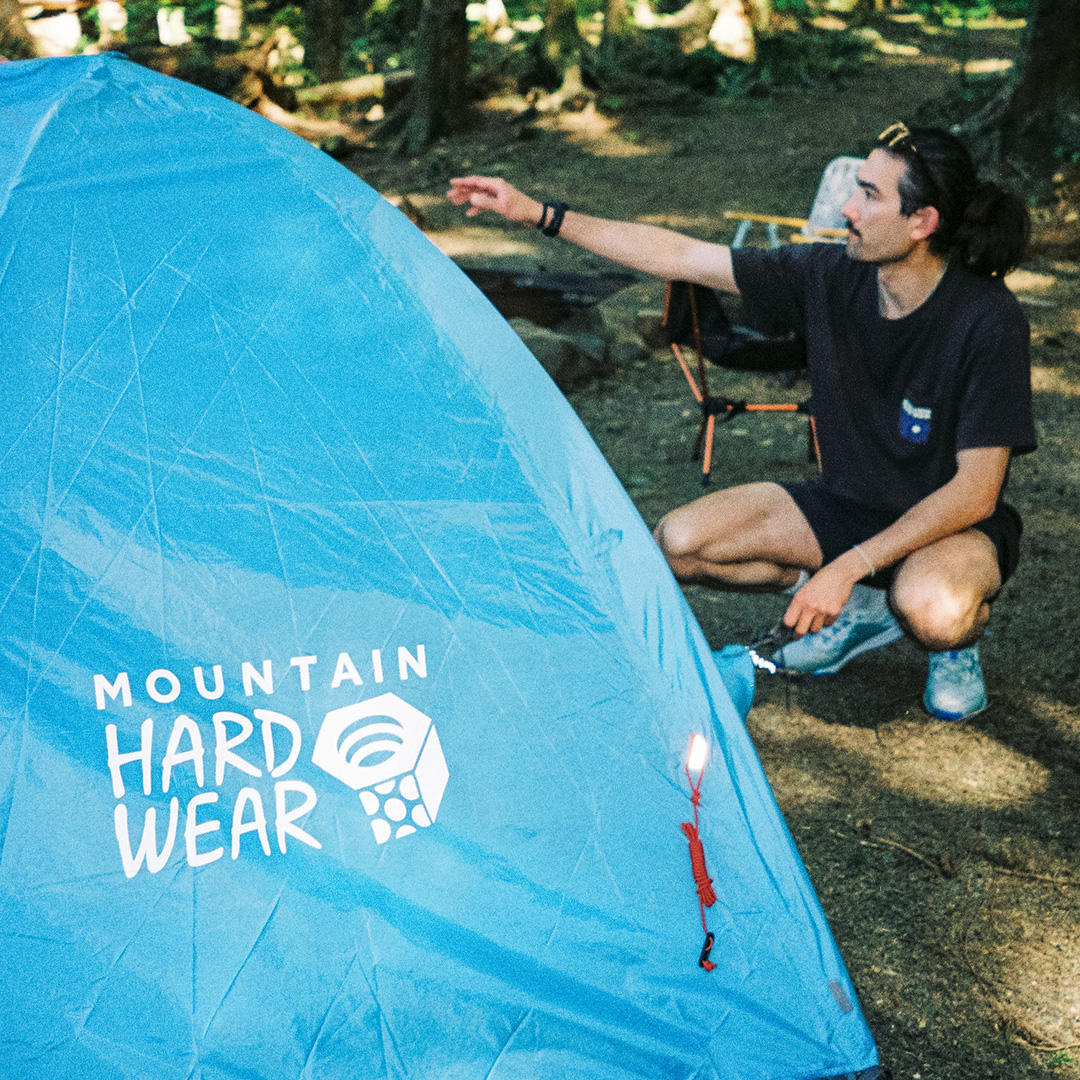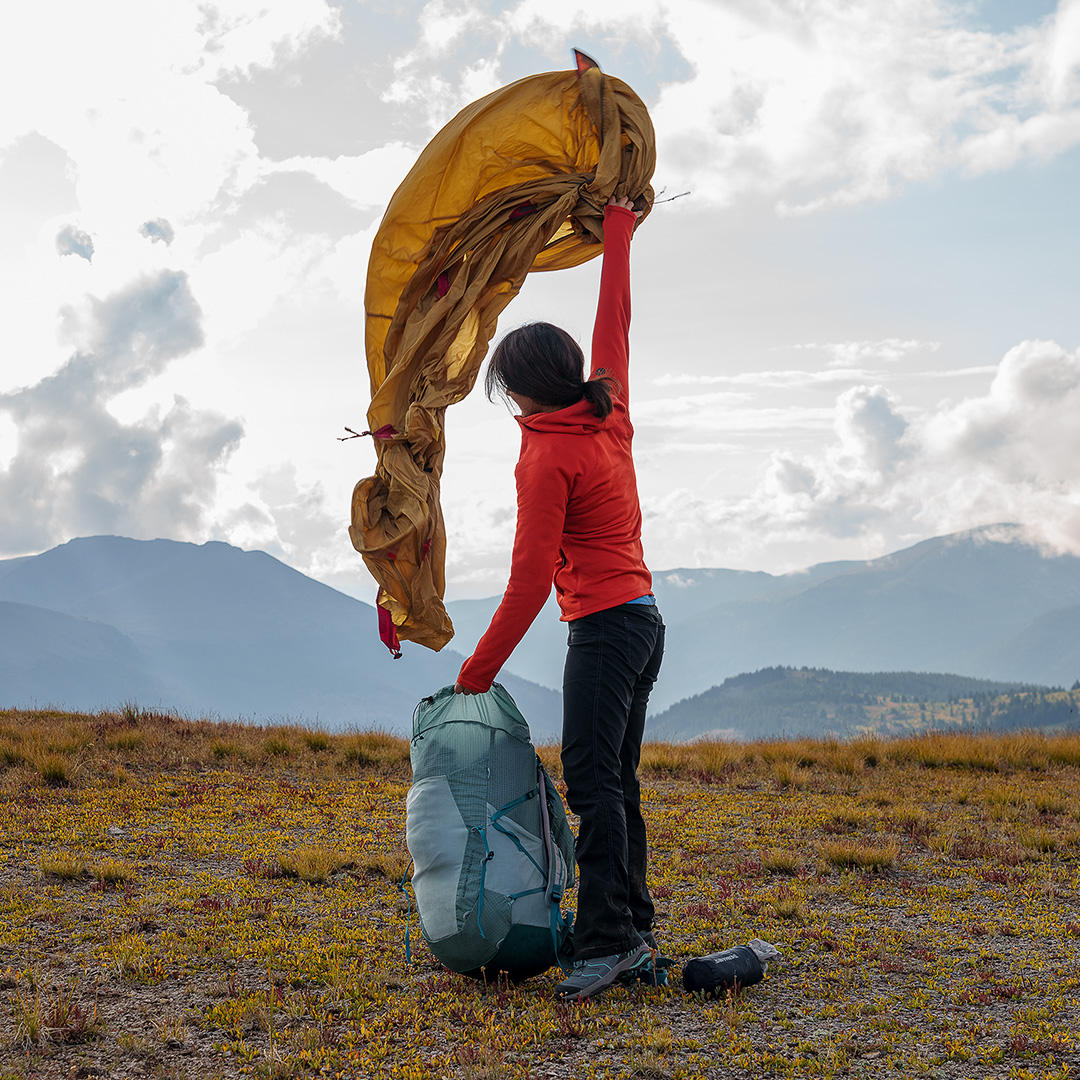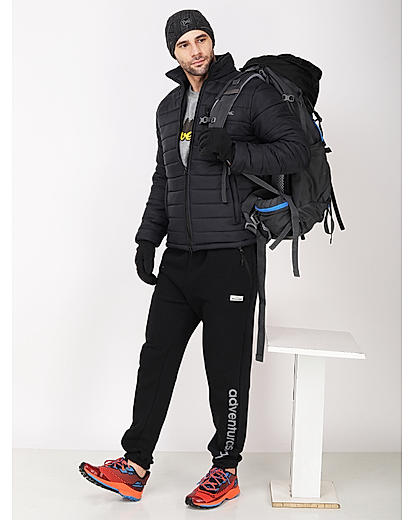How To Hike At High Altitude

Hiking at high altitudes offers breathtaking vistas and a sense of accomplishment but also brings unique challenges. Whether you're a seasoned hiker or a novice adventurer, prepare for high-altitude hikes with the right trekking accessories that provide a hassle-free trekking journey. Whether it’s choosing trekking gear or coping with the changing temperatures, let’s explore the essential tips on how to hike at high altitudes.
Basic High-Altitude Hike Checklist
Hiking at high altitudes requires a slower pace approach. Reduced oxygen levels mean your body needs more time to recover after each step. Listen to your body and avoid overexertion. Take frequent breaks to catch your breath and enjoy the stunning scenery.
Hiking wear

Hike at higher altitudes only when you have the right trekking gear and the right winter wear. If you'll be hiking through wetlands, brushy woodlands, tall grasses, or forested areas, consider packing:
- High-quality backpack from Deuter
- Mountain Hardware sleeping tent
- Waterproof rain jackets
- UV-protected sunglasses from Julbo
- Columbia insulated gloves
- Sturdy hiking boots from Lowa or Columbia
- Insulated Down Jackets from Columbia
- Other hiking accessories
Hydration: Staying hydrated is crucial when hiking at high altitudes. The dry air and increased respiration rate can lead to faster dehydration. Pack plenty of water and sip it frequently throughout your hike as natural water sources might not be safe to drink from at higher altitudes.
Acclimatization: One of the most critical aspects of hiking at high altitudes is acclimatization. As you ascend to higher altitudes, the air becomes thinner, making it harder for your body to take in oxygen. Plan your itinerary with gradual altitude gains to give your body time to adjust. Spending a day or two at a moderate altitude requires a good sleeping bag, to get a comfortable sleep and boost your trekking journey.
Nutrition: Your body needs extra energy at high altitudes, so pack nutrient-dense snacks like trail mix, energy bars, and dried fruits. Aim for a balanced diet that includes carbohydrates for energy, protein for muscle repair, and fats for sustained endurance. Avoid heavy, hard-to-digest meals before and during your hike to prevent digestive discomfort. Pack all nutritional food in your trekking bags for climbing and trekking to keep yourself healthy.

Well, hiking at a high altitude can be a rewarding and transformative experience. Find the finest quality and comfortable hiking gear and accessories from top international outdoor brands only at Adventuras.
So, what are you waiting for? Check out the premium trekking accessories online only at Adventuras and get ready for your next high-altitude trek.


